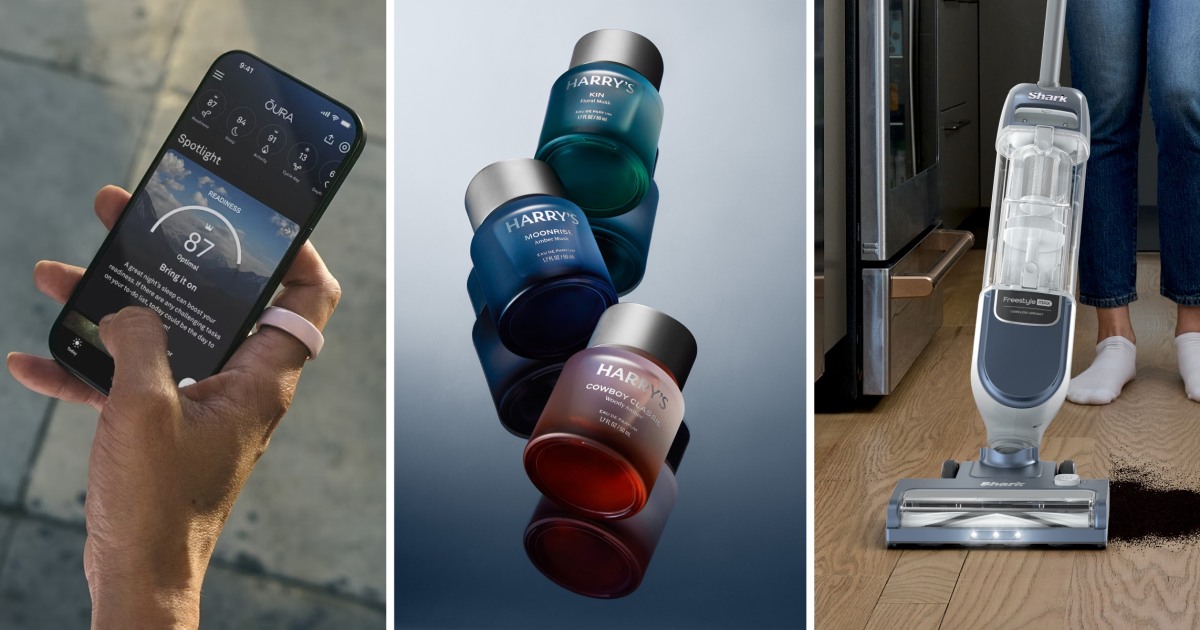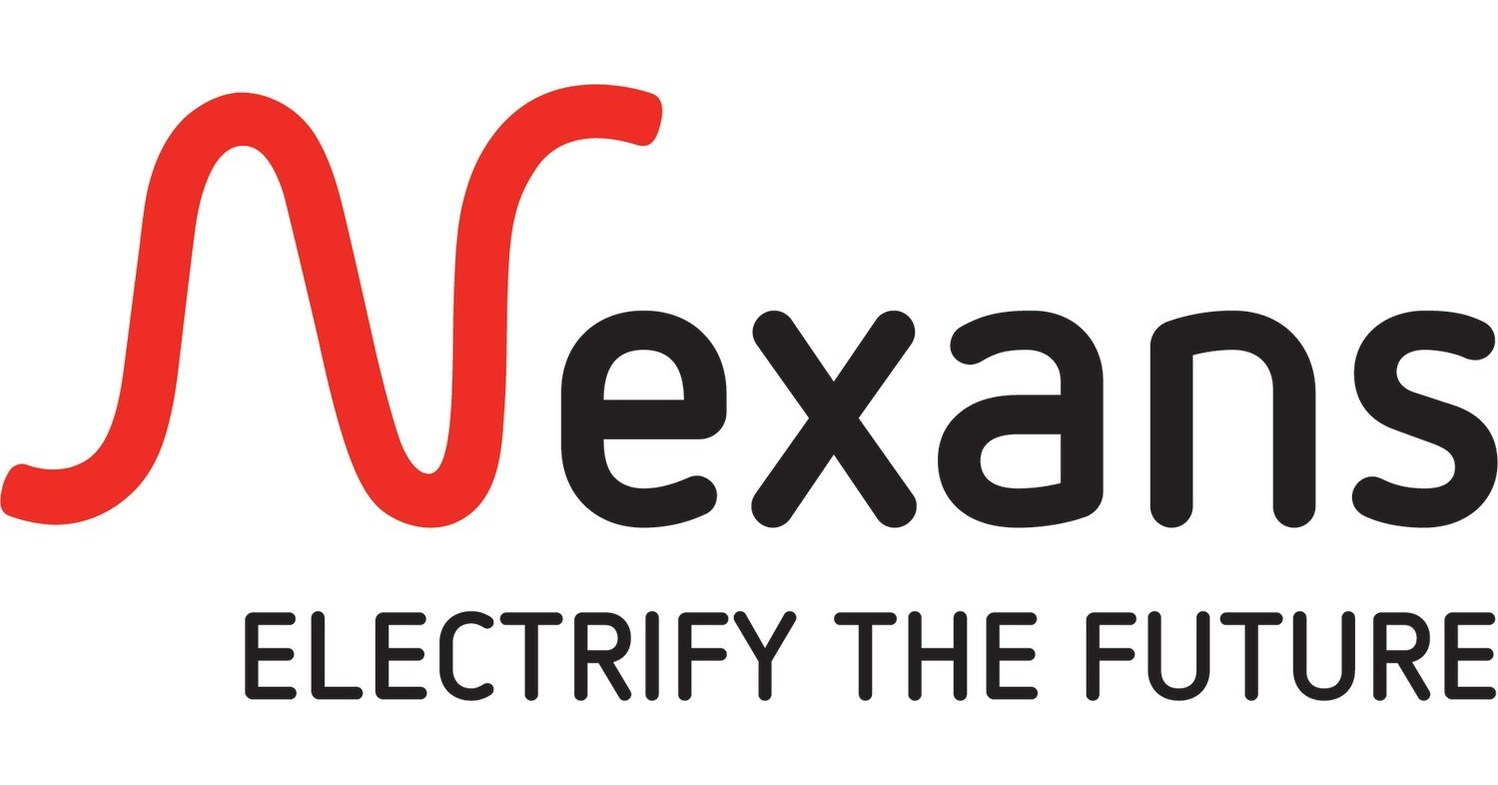This story is part of NBC Select’s New & Notable column, where we highlight our favorite product launches. We will continuously update this article throughout the month with new releases we think you should know about.
Apparel and footwear launches
Outdoor Voices Hike Collection
Outdoor Voices’ Hike Collection includes layerable clothes designed to support outdoor activities, especially if you’re braving inclement weather or rough terrain. You can buy men’s and women’s pieces like track pants with mesh panels for extra ventilation, fleece jackets and vests, waffle long sleeves, fleece dresses, sweatpants and more.
Other notable apparel and footwear launches:
- Reebok Nano Pro Training Shoe
- Superfeet Run Pacer Elite
Tech launches
Oura Ring is Rabinowitz’s favorite smart ring right now, but he wasn’t always a fan of the gold and rose gold colorways. Oura Ring 4 Ceramic could change that. It’s a new version with an outer layer made of zirconia ceramic (instead of titanium). “I saw the ceramic models in person — they are much more colorful and fun than the titanium colorways,” says Rabinowitz.
Alongside the Ceramic version, Oura announced a portable charging case, multi-ring support and upcoming blood panel and Amazon Alexa+ support.

The Google Pixel Watch is our favorite smartwatch for anyone with an Android phone, and the new Pixel Watch 4 has some notable upgrades compared to the previous version. It’s got a brighter screen (3,000 nits, as bright as an Apple Watch Ultra 3), better battery life (up to 40 hours in the larger version) and faster charging. It also now has satellite SOS communication — you can contact emergency services when you’re off-the-grid by connecting to a satellite for messaging. “The list of improvements goes on (better automatic workout tracking, on-device Gemini, etc.), but I think it’s safe to say the Google Pixel Watch 4 is still the Android smartwatch to get,” says Rabinowitz.
Ring, the smart home security brand owned by Amazon, is launching multiple new and updated products this month. The most notable are the “Pro” cameras that are capable of 4K resolution video and 10 times digital zoom, which should make it easier to identify people, objects, pets and more at a distance.
Other notable tech launches:
- Beauty and wellness launches

Rhode just added hydrogel eye patches to its skin care lineup. They target dark circles near the inner corners of your eyes and fine lines around the outer corners using ingredients like caffeine, peptides, sodium PCA and glycerin, which depuff, brighten, moisturize and tighten skin, according to the brand. They also have an inherently cool feel, so you don’t have to refrigerate them beforehand. Rhode recommends wearing the under-eye masks two to three times per week for 10 to 15 minutes at a time.

La Mer’s The Lip Treatment is equal parts skin care and color. It hydrates and plumpens using emollients like plant-based oils and butters, as well as supports the skin’s natural collagen to define the overall look of lips, according to the brand. It leaves behind a shiny look and a soft, smooth feel. It’s available in a sheer bare shade, as well as three buildable colors: rose (pink), honey (peachy beige) and cocoa (neutral brown). You can also use it as a primer under other lipsticks and glosses.

Revlon’s new travel-friendly One-Step Multi-Styler can dry, curl, smooth, shape and volumize hair with its three interchangeable head attachments. You get a volumizer plus a brush that dries hair while adding bounce and volume; a root booster head that makes curls, waves and flips; and a paddle brush head that detangles, smoothes, tames and styles hair. Each attachment has tangle-free bristles, and the multistyler’s ceramic technology and temperature controls protect hair from heat damage, according to the brand.
Other notable beauty and wellness launches:
Travel launches

You can wear Cuyana’s The Dia Bag as an oversized clutch or shoulder bag (it has an included removable shoulder strap), and if you buy the adjustable strap separately, it becomes a crossbody, too. The east-west bag has cinched and magnetic closures, a small interior pocket and a key loop, plus it’s big enough to fit your phone, wallet, sunglasses and a small planner. It’s made from Turkish lambskin leather with jewelry-inspired hardware, and Cuyana sells compatible gold chains separately (a chunkier one and a more delicate looking option) if you want to elevate the bag’s look. The Dia Bag comes in a mini version, too.
Other notable travel launches:
- Fjallraven High Coast Tote
- Fjallraven High Coast Backpack
Home and kitchen launches

The Wonder Oven Pro is a new and improved version of Our Place’s original Wonder Oven. It has a digital control panel, rather than dials, that lets you adjust the appliance’s timer, temperature, oven light and mode (there’s eight modes, including bake, air fry and toast). Its quartz and stainless steel heating elements also cook food faster and more evenly compared to the original model, according to the brand. The Wonder Oven Pro, which has a large 30-liter capacity, comes with a bake pan, air fryer basket, wire rack and crumb tray.
NBC Select reporter Zoe Malin has been using the Wonder Oven Pro for about two weeks. “I loved the original Wonder Oven, but the Wonder Oven Pro is a major upgrade. It heats up and cooks food so much faster than my standard oven — I honestly haven’t turned on my standard oven since I got this,” she says. “I wasn’t able to set an exact time or temperature on the original Wonder Oven due to the dials, which was a major flaw for me. But the Pro’s digital display now makes that possible, and since it’s a bit bigger, I can fit so much food inside. Cooking on two racks is also more efficient in this model — I put fish and veggies on one rack and potatoes on another almost every night for dinner.”

Ruggable’s rugs have always consisted of two pieces: a pad and cover. But the new Ruggable All-in-On combines everything into one piece, eliminating the need for separate layers or assembly. You just take it out of the box and roll it out. The rug is machine-washable and stain-resistant, according to the brand. It has a built-in non-slip backing, too. You can buy Ruggable All-in-One rugs in a variety of colors and styles, and two textures: tufted, which is best for high-traffic spaces, and plush, which is extra soft and has thicker fibers with a cozier look.

Blueair makes some of our favorite air purifiers, and this new model combines its air purification with a sunrise alarm clock. You can customize the air purification, light modes, and alarm from the purifier or through the Blueair app. It also has a USB-C port, so you can plug in your phone or earbuds and charge them from the air purifier. It’s small and light enough to fit on a nightstand or bedside table.

Shark’s latest cordless upright vacuum has the strongest suction yet for an under 7-pound model, according to the brand. A full battery gives you up to 20 minutes of run time, and its charge cycle is about three hours long. The vacuum, which has a 0.74-quart dust cup, is designed with dual-speed brushroll technology — that means it automatically swaps between deeply cleaning carpets and gently cleaning bare floors. Its LED headlights also highlight dirt and dust on your floors so you don’t miss spots, and its anti-clog design ensures consistent airflow and reduced maintenance.
Other notable home and kitchen launches:
Fitness and outdoor launches

The Kettlebell is one of Bala’s newest pieces of strength training equipment, available in 10-, 20- and 30-pound sizes. It has a rigid handle so you can securely grip it (even when you’re sweaty) and a cushioned base that’s gentle on your floors. Bala’s Power Ball is also new. It’s a small, round, handheld weight available in 2- and 3-pound sizes, making it best for yoga, Pilates, aerobics, core training and rehabilitation, according to the brand.
It’s not often a major fitness brand overhauls its entire product lineup, but that’s what Peloton did this month with five new launches. The new fitness machines all have large, built-in swivel touchscreens, so you can rotate them depending on your activity. The plus-series devices have a built-in camera that tracks your movements, reps and weights, and can give you feedback in real time.
All the devices use the new Peloton IQ software, which uses your workout data and history to give personalized recommendations for workouts and fitness plans. You can sync Peloton with your Apple, Garmin or Fitbit accounts.
Other notable fitness and outdoor launches:
- Hyperice Normatec Hip Attachment
Why trust NBC Select?
To round up the best new launches each month, reporters Zoe Malin and Harry Rabinowitz choose products they think NBC Select readers should know about. They include products from brands NBC Select has previously covered, or brands staffers recommend. Malin and Rabinowitz also regularly try new product launches to share their first-hand experiences.
Catch up on NBC Select’s in-depth coverage of tech and tools, wellness and more, and follow us on Facebook, Instagram, Twitter and TikTok to stay up to date.







